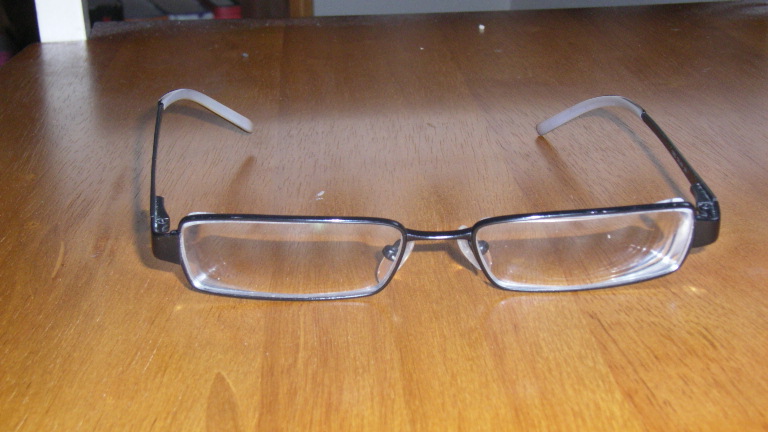Myopia surgery
|
Myopia Microchapters |
|
Diagnosis |
|---|
|
Treatment |
|
Case Studies |
|
Myopia surgery On the Web |
|
American Roentgen Ray Society Images of Myopia surgery |
Please help WikiDoc by adding more content here. It's easy! Click here to learn about editing.
Editor-In-Chief: C. Michael Gibson, M.S., M.D. [2] Associate Editor(s)-in-Chief: Saumya Easaw, M.B.B.S.[3]
Overview
Eyeglasses, contact lenses, and refractive surgery are the primary options to treat the visual symptoms of those with myopia. Orthokeratology is the practice of using special rigid contact lenses to flatten the cornea to reduce myopia.Many people with myopia are able to read comfortably without eyeglasses. Myopes considering refractive surgery are advised that this may be a disadvantage after the age of 40 when the eyes become presbyopic and lose their ability to accommodate or change focus.
